Chehel Sotoun Palace ; Persian Garden
Chehel Sotoun Palace
Chehel Sotoun Palace complex is one of the examples of Persian garden. Many archaeologists believe that Pasargadae, the burial place of Cyrus the Great in Fars province, is considered to be the first example of Persian gardens. In fact, they also attribute the design of this garden to the Achaemenid era. The design and architecture of this type of garden continued even after the advent of Islam. Shazdeh Mahan Garden in Kerman, Fin Garden in Kashan, and Dolat Abad Garden in Yazd are some of the examples of Persian Gardens. The main elements of a Persian garden are pavilions, water, trees, greenery, waterways, and ponds. The design of a Persian garden is such that the water that flows towards the garden is directed in two long and narrow streams. Most of the time, a pavilion is built at the meeting point of these two streams. The water, then, through one mainstream, flows into the pond in front of the pavilion. The architects have created a pleasing atmosphere and scene in the garden by designing fountains for the pond. Between the two main streams, trees are planted to create a garden space. Grass and flowers are also generally planted in the garden. Several side streams branch out of the pond which is used for watering the trees and grasses and circulate water around the garden. The type of trees, grasses, flowers, and even the materials of the pavilion inside the garden depends on the geography and the climate of each region.

The Structure of Chehel Sotoon Palace
Chehel Sotoun Palace follows the same pattern that we discussed above. Overall, the water that enters Chehel Sotoon complex from the northwestern side, is directed by ‘Madi’ (a type of stream) to the center of the garden. After passing through some canals, it enters the pond. The Pavilion of Chehel Sotoun Palace complex is a palace with an area of 2,000 square meters. This palace has a hall with 18 columns with 13-meters in height that once were covered with mirror works during the Safavid dynasty. Today, however, due to the passage of time and the damages that Zel-e-Sultan (governor of Isfahan during the reign of Nasser al-Din Shah Qajar) caused to the Chehel Sotoon Palace, there is no trace of them. It should be noted that this person intended to destroy this beautiful palace, just like he destroyed the Namakdan, Haft-Dast, and the Ayneh Khaneh palaces. Fortunately, a person named Malik al-Tojjar saved Chehel Sotoun Palace by buying it from Zel-e-Sultan. The most beautiful part of the hall is its Roof that is framed, inlaid, and gilded. The inside of this palace is the most unique part of this complex for its oil paintings and frescos.
Wall paintings; Banquets and battles
On the western wall there are paintings of the banquets of Shah Abbas I with his guest Vali Mohammad Khan Uzbek and Shah Tahmasb I with his guest Homayun, the Gurkhani king of India. The details of these paintings are; The Georgian dancers, the servants serving wine, and court musicians.
The Battle of Chaldoran, a war between Shias of Iran and the Sunnis of Ottoman Empire during the reign of Shah Ismail I (founder of the Safavid dynasty) is also painted on this wall. In this war, Iranians were defeated and lost part of their land to modern weapons and Ottoman war cannons.
On the eastern wall, there are also paintings of banquets and battles. You can see the banquet of Shah Abbas II with his guest Nader Mohammad Khan, the ruler of Turkestan, and Shah Abbas I’s battle with the Uzbeks, which was accompanied by his victory. Nader Shah Afshar’s battle with the King of India in the Battle of Karnal is also painted on this wall. This war ended with the victory of Nader Shah. After this war, India was ruled by Nader Shah for a short time. The war trophies of this war were jewels from the Indian temples that fell to the hands of Iranians. The diamonds of Kuh-e-Noor and Darya-e-Noor were among the jewels that fell into the hands of Nader Shah.
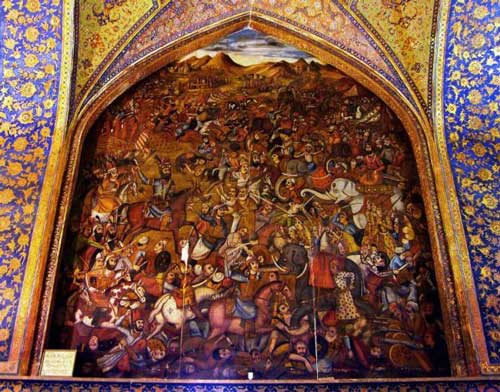
Paintings of the gatherings and the battles of Shah Abbas I date back to the time of Shah Abbas II. While the paintings related to Chaldoran and Karnal Battles are the work of Qajar painters. A layer of plaster was painted on these paintings of the Safavid era by the order of Zel-e-Sultan. During some excavations and restorations in 1949, the layers of plaster were removed from them. Apart from these eye-catching paintings, there are other paintings in Chehel Sotoun Palace. These scenes, which are often the work of Reza Abbasi (painter of the Safavid court), depict feasts and hunting scenes.
One of the paintings in the western room of the Palace depicts a scene of the self-immolation of the wife of the king of Kandahar. At the time of the self-immolation, this woman had predicted that Shah Abbas II would occupy Kandahar for 40 days. After winning the war, Shah Abbas ordered that her self-immolation be painted on the wall of Chehel Sotoon. Some paintings of Europeans can be seen on the northern and southern porches of the palace. These paintings are probably the work of Dutch artists such as Lucar and Philippe Angel.
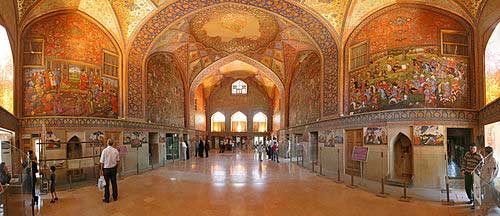
Expansions and Renovations
About the expansions and renovations, it can be said that Shah Abbas I ordered the construction of the original building. However, in 1647, Shah Abbas II expanded the palace by adding the columned hall to the eastern part. During the reign of Shah Sultan Hussein Safavid (1706 AD) the palace caught fire. The story is that the cooks were busy in the hall of the palace with cooking porridge when the fire broke out and the hanging curtains of the hall were caught on fire. Shah Sultan Hussein, who was known for his superstition and unwarranted prejudice, considered this fire a divine providence. That is why he ordered not to stop the fire. The Palace was severely damaged at the time. After the fire, Shah Sultan Hussein ordered the reconstruction and restoration of the palace.
During the Pahlavi era, some more renovations were carried out in this palace. The oil paintings and inscriptions belonging to the Safavid dynasty that tell the story of the fire are among these restorations. Planting grass and trees, paving the main and side passages, building walls around Chehel Sotoun Palace are some of the other restorations that took place during this era.
This complex is located right in the western part of Naqsh-e Jahan Square. In the past, Chehel Sotoon Palace was accessible via a passage from the Ali-Qapu Palace. This Palace was mostly used for hosting the important guests of the royal kings. Also, Shah Abbas I celebrated Nowruz (Iranian New Year) in 1614 AD in this very palace. After years of downfall, Chehel Sotoun Palace, with its pleasant atmosphere and eye-catching designs and paintings, is still standing and is open to the public.
Narcis to Chehel sotoun:1.8 km

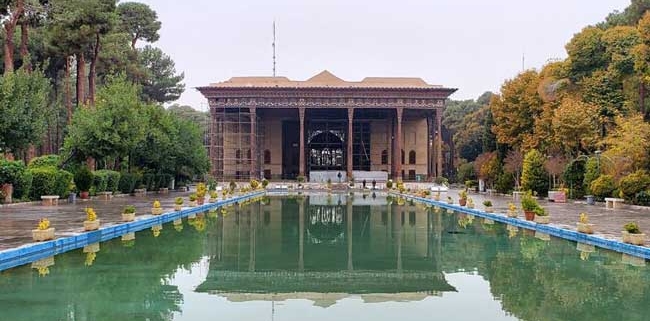
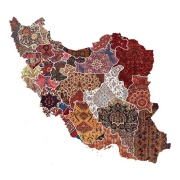
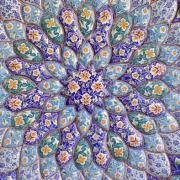

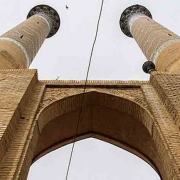
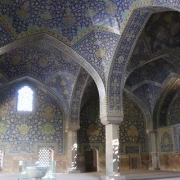
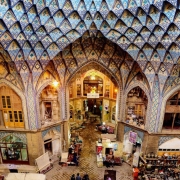
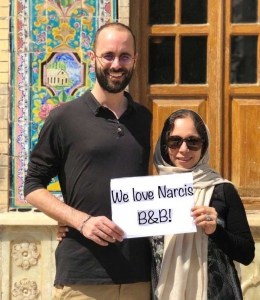




Leave a Reply
Want to join the discussion?Feel free to contribute!